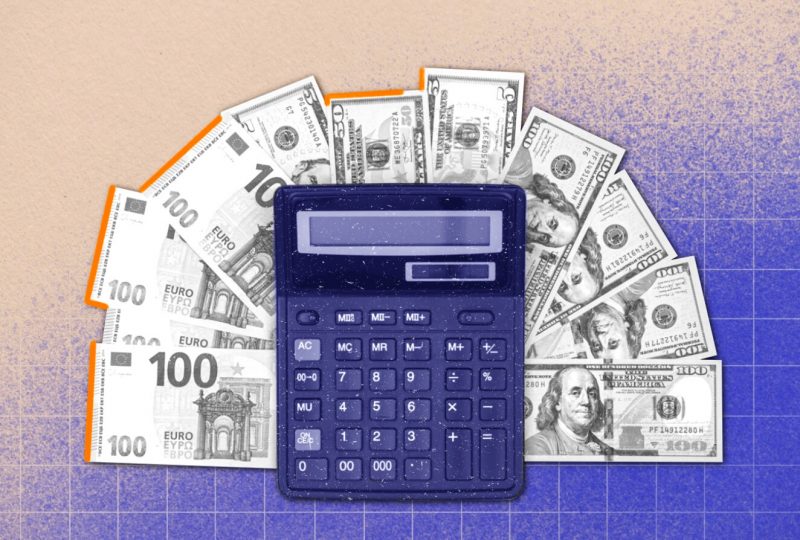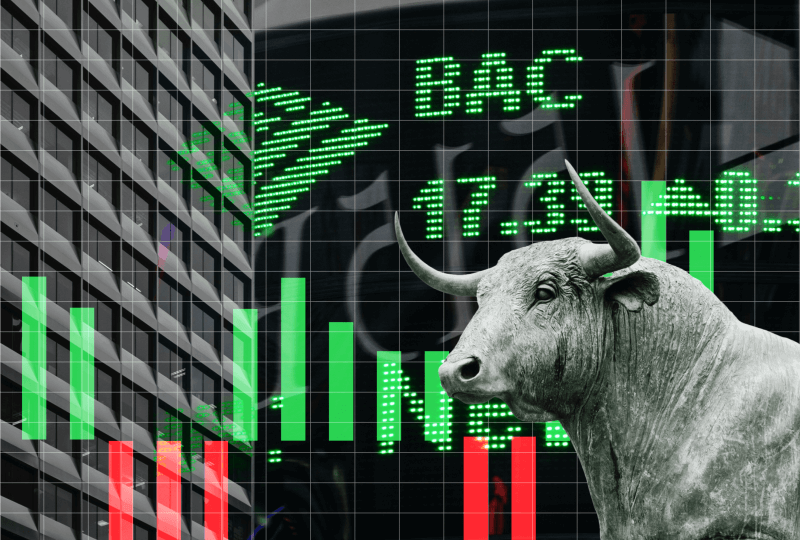Banks Power: JPMorgan Chase’s Earnings Are a Leading Indicator for the Banking Industry.
July 14, 2023

After reporting second-quarter results on Friday, JPMorgan Chase will likely profit from increased interest rates again.
According to FactSet analysts polled, profits at JPMorgan (JPM) and banks power are forecast to increase 40% year on year to $12.1 billion. This equates to $3.98 in profits per share.
With JPMorgan being the first of the big banks to report results and the largest bank by assets in the United States, Wall Street pays special attention to its profits since the firm is generally regarded as a forerunner. Over the previous year, banks have had to negotiate a challenging macroeconomic environment.
Higher interest rates, which allowed banks to charge higher interest rates on loans last year, have become a burden for the industry, increasing financing costs and diminishing the value of their bond holdings.
Despite these challenges, Wall Street believes the banks power and JPMorgan will gain from increasing interest rates. Most of JPMorgan’s forecast earnings are attributable to an increase in net interest income to $21.2 billion from $15.2 billion last year. This increase is predicted to result in a 27% rise in revenue to $39 billion.
JPMorgan has survived despite the turbulence that engulfed the financial industry last year. This year, shares are up 11%, while the SPDR S&P Bank ETF (KBE) is down 15%. JPMorgan stepped in May to take over struggling First Republic Bank, allowing the bank to acquire $173 billion in loans and $62 billion in deposits after repaying $30 billion in deposits made by JPMorgan and other big banks to prop up the firm in March. The bank will report profits for the first time after the takeover on Friday.
Other banks have had a more difficult time throughout this spring’s problems. Deposits fled to the perceived safety of the larger banks, benefiting JPMorgan, Bank of America (BAC), and other large banks. On the other hand, smaller banks have to worry about deposit flights and be willing to pay higher interest rates on deposits to avoid the kind of departure that destroyed Silicon Valley Bank and the First Republic.
As a result, investors will pay particular attention to the net interest margin at JPMorgan and other banks, which is the difference between the income banks earn on loans and the interest they pay depositors. NIMs had been broadening as banks could charge higher interest rates on loans, but they are now under growing pressure to pay higher interest rates, leading NIMs to level or tick down.
Despite these sector challenges, JPMorgan is projected to post revenue and profit improvements, and investors will be watching the bank’s economic assessment closely. Fears of a recession have hung over markets this year as investors analyzed the impact of the Federal Reserve’s rate rises to combat inflation.
JPMorgan is anticipated to report that net charge-offs have more than doubled year over year with banks power and increased reserves for troubled loans by $1.2 billion, up from $428 million last year. In an interview with The Economist published this week, JPMorgan CEO Jamie Dimon stated that it is “possible” that the United States could enter a recession within the next six months. However, he was uncertain whether it would be moderate or severe.
Citigroup (C) and Wells Fargo (WFC) will also report results on Friday. Next week, Bank of America (BAC), Goldman Sachs (GS), and Morgan Stanley (MS) will report second-quarter earnings.




